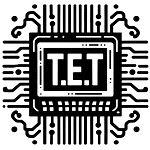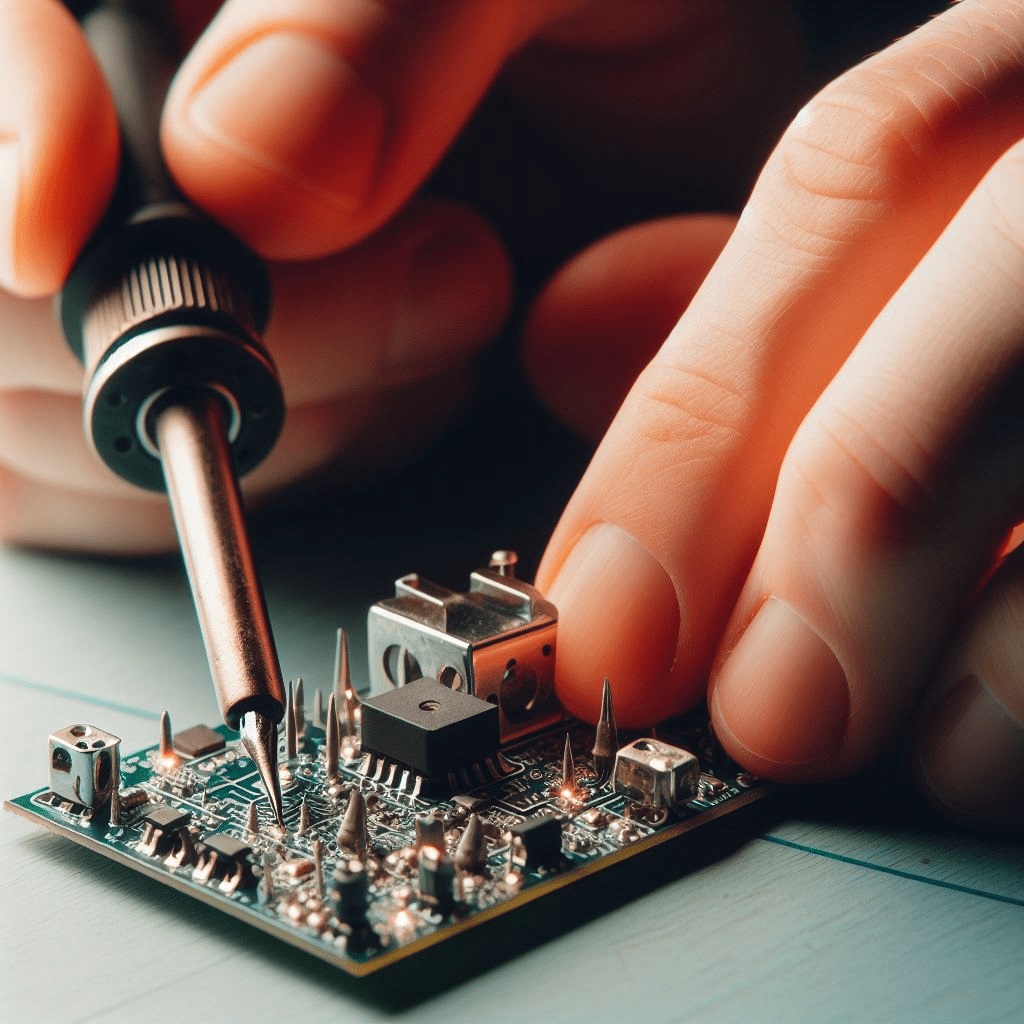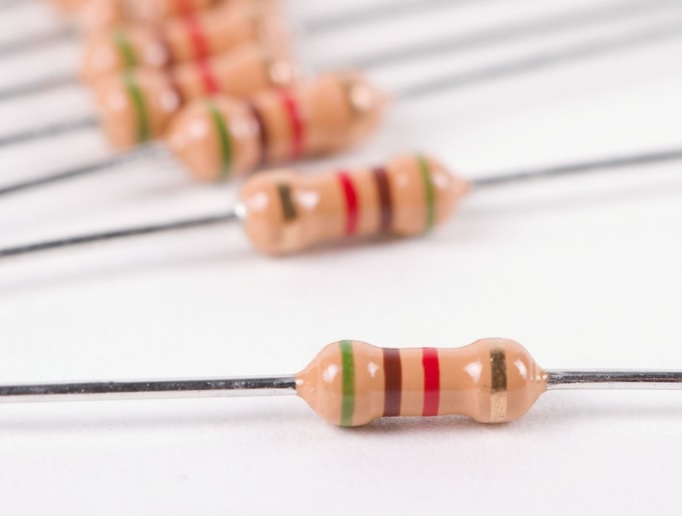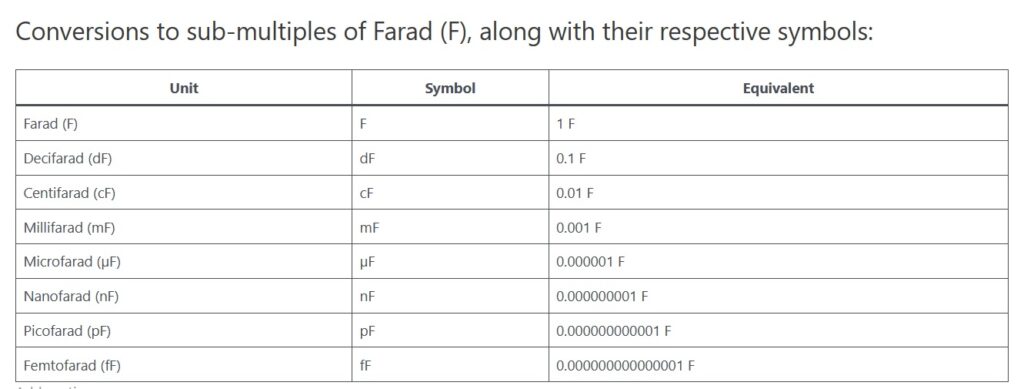- What is the primary difference between a soldering gun and a soldering iron?
Answer: A soldering gun typically delivers higher wattage and heats up faster compared to a
soldering iron. It’s often used for larger, heavier-duty soldering tasks, while a soldering iron is
more versatile and suitable for delicate electronic work.
- When would you use a soldering gun over a soldering iron?
Answer: Soldering guns are preferred for tasks requiring high heat and faster melting of
solder, such as joining heavy gauge wires or soldering plumbing fittings. They’re also useful
for large surface area soldering, like automotive repairs or sheet metal work.
- What are the advantages of using a soldering iron compared to a soldering gun?
Answer: Soldering irons offer finer control over temperature and are better suited for
delicate electronic components and circuit boards. They provide precision in soldering small
joints and components without damaging nearby parts.
- Can you use both a soldering gun and a soldering iron interchangeably for all
soldering tasks?
Answer: While both tools can solder, they have different applications due to their heating
characteristics and wattage. While a soldering iron is versatile and can handle most electronic
soldering tasks, a soldering gun may be too powerful and bulky for delicate electronic work,
risking damage to components.
- How do you properly maintain a soldering gun and a soldering iron to ensure their
longevity?
Answer: Regular maintenance involves cleaning the soldering tip with a damp sponge or
brass wire brush to remove oxidation and excess solder. Additionally, ensuring proper storage
in a dry environment and replacing worn-out tips promptly can extend the lifespan of both
tools.
Guide: How to Solder Electronic Components
- What safety precautions should you take before soldering electronic components?
Answer: Always work in a well-ventilated area to avoid inhaling harmful fumes. Wear safety
goggles to protect your eyes from solder splashes and burns. Ensure your workspace is free
from flammable materials, and use a heat-resistant mat to protect surfaces.
- How do you prepare electronic components and circuit boards for soldering?
Answer: Clean the surfaces to be soldered using isopropyl alcohol or a specialized flux
cleaner to remove dirt, oils, and oxidation. Ensure components are properly aligned and held
in place using a jig or tape to prevent movement during soldering.
- What soldering technique is recommended for electronic components?
Answer: Apply a small amount of solder to the tip of the soldering iron to “tin” it, improving
heat transfer. Then, heat the joint with the iron and apply solder to the joint, not the iron.
Allow the solder to flow evenly and form a smooth, shiny fillet without excess solder or cold
joints.
- How do you troubleshoot common soldering issues, such as cold joints or solder
bridges?
Answer: Cold joints occur when insufficient heat is applied, resulting in poor solder
adhesion. Reheat the joint with the soldering iron until the solder flows smoothly. Solder
bridges happen when excess solder forms an unintended connection between two adjacent
pads or pins. Use desoldering braid or a solder sucker to remove excess solder and create a
clean separation between connections.
- What post-soldering steps should you take to ensure a reliable connection?
Answer: Inspect solder joints visually to ensure they’re smooth, shiny, and free from defects.
Use a multi-meter to check for continuity and verify proper connections. Finally, clean the
flux residue using a flux remover or isopropyl alcohol to prevent corrosion and ensure long-
term reliability.



